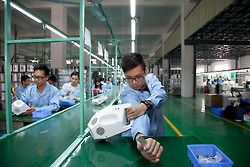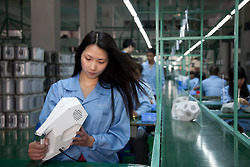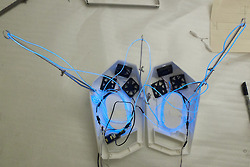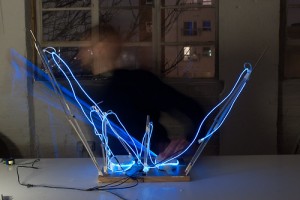75 Watt is a new work I’ve collaborated on with Revital Cohen and Tuur Van Balen (www.cohenvanbalen.com) in which a product was designed especially to be made in China. The object’s only function is to choreograph a dance performed by the labourers manufacturing it.
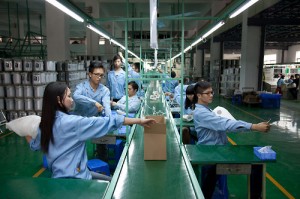
The project seeks to explore the nature of mass-manufacturing products on various scales; from the geo-political context of hyper-fragmented labour to the bio-political condition of the human body on the assembly line. Engineering logic has reduced the factory labourer to a man-machine, through scientific management of every single movement. By shifting the purpose of the labourer’s actions from the efficient production of objects to the performance of choreographed acts, mechanical movement is reinterpreted into the most human form of motion: dance. What is the value of this artefact that only exists to support the performance of its own creation? And as the product dictates the movement, does it become the subject, rendering the worker the object?
The assembly/dance took place in Zhongshan, China between 10-19 March 2013 and resulted in 40 objects and a film documenting the choreography of their assembly.
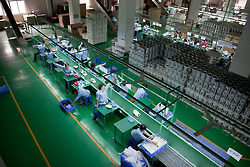
Choreographic principles of unison and counterpoint were applied to the organisation of the assembly line as well as employing visual and audio cues to coordinate the actions of the workers in their various tasks.

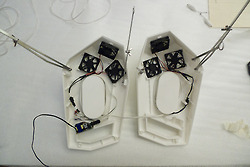
The design of the object was informed by research we carried out into conventional consumer goods such as kettles, hand held vacuum cleaners and hairdryers, and the movements involved in assembling them.
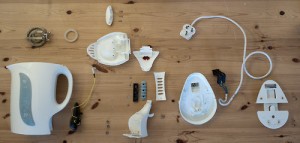
The hinge on the arm of a portable hairdryer, for example, gave us inspiration to think about how multiple hinges could function to mirror the human arm and how a duet between the human and object could then be created. The use of the body as a reference for measuring and preparing parts of the object such as the internal wiring also functioned to question the relationship between subject and object. 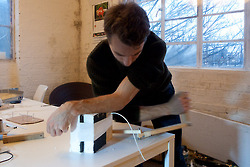
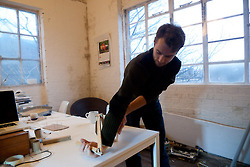
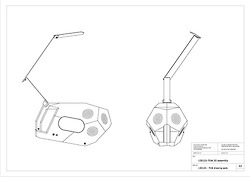
From the research we carried out we identified aspects of the object that would bring about certain movements. For example using long pieces of wire would involve broad outstretched movements as opposed to the more detailed and specific movements involved in tightening screws.
The use of electroluminescent wire in the inners of the object worked as a visual reference to Gilbreth’s images from his motion studies.


